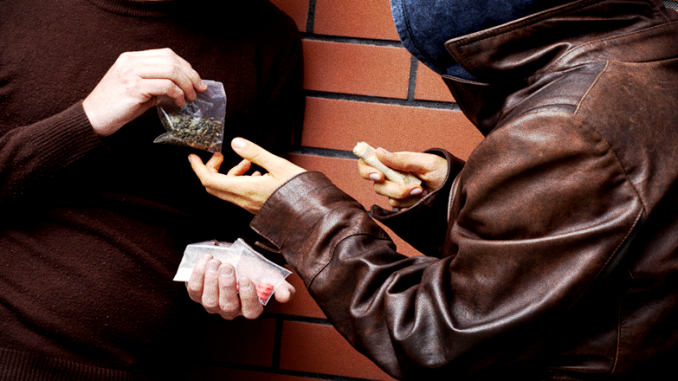
• Recently, the Union home minister inaugurated a “conference on drug trafficking and national security” on July 30, 2022. During the conference, the Narcotics Control Bureau (NCB) will burn and dispose of more than 30,000 kg of drugs across Delhi, Kolkata, Chennai and Guwahati.
• India is one of the major hubs for illicit drug trade. Opiates, cannabis and amphetamine-type stimulants remain the main substances of concern in the region.
Menace of drug business in India:
• India has become a trafficking center for other countries. The cocaine supplied here is not only meant for India; traffickers exploit this route to enter other countries.
• India would not be used as a supply route if there wasn’t already a high level of interest in the drug within the country.
• Golden Triangle is the area where the borders of Thailand, Laos, and Myanmar meet at the confluence of the Ruak and Mekong Rivers. According to United Nations Office on Drugs and Crime (UNODC), opium production has gone up in the Golden Triangle by 22%.
• Golden Crescent is the name given to one of Asia’s two principal areas of illicit opium production (with the other being the Golden Triangle), located at the crossroads of Central, South, and Western Asia. This space overlaps three nations, Afghanistan, Iran, and Pakistan, whose mountainous peripheries define the crescent.
• Being closer to the Golden Crescent and Golden Triangle, India has been vulnerable to the trafficking of narcotics and drugs such as heroin, hashish, and synthetic drugs produced in these areas.
• The Golden Crescent, has remained the primary source of trafficked heroin in the country since the early eighties when traffickers started rerouting heroin from this region through India following the Iran-Iraq war.
• Increased production of opium in Afghanistan, greater domestic demand in India, and connivance of state government officials and border guarding forces together contributed towards this increase in heroin trafficking, especially in the Punjab sector.
• Apart from narcotics, India has been experiencing a significant rise in the use of psychotropic substances and medicinal preparations among addicts since late 1990.
• Stringent narcotics and drugs laws, rising price of heroin and easy availability of synthetic drugs have propelled this shift.
• India also manufactures a lot of synthetic drugs and precursor chemicals which are smuggled out of the country.
How it is a threat to national security?
• This two-way illegal movement of narcotics and drugs pose a significant threat to the national security. The breach of the international borders of the country by drug traffickers implies that the same routes could be used for smuggling in weapons as well as terrorists into the country.
• The nexus between drug traffickers, criminal networks and terrorists are another potent threat. Composite seizures of drugs and arms by security forces at the borders points to a close nexus between drug traffickers and anti-national elements.
• The money generated by the illegal sale of narcotics and drugs is used for financing terrorist activities. The Kashmiri, Sikh and Northeast militants have used drug money to finance their ‘struggle’ against the Indian state.
• Large-scale availability of narcotics and drugs encourages demand for narcotics and drugs by domestic population. Consumption of which produces dysfunctional behaviour thereby creating law and order problem in the society. • This causes a huge economic drain on the country through loss of production and diversion of resources for caring and rehabilitation of the drug addicts (Demographic dividend turning into burden).

Leave a Reply
You must be logged in to post a comment.